Countless puppies disappear each year
Tens of thousands of greyhounds are bred each year worldwide for an industry that is cruel and inhumane.
According to the National Greyhound Association (NGA), there were once 300 greyhound breeding facilities and kennels in the United States. Today there are far fewer.
Females are impregnated, many through artificial insemination by a veterinarian. At a few months of age, puppies' right ears are tattooed with their birth date and litter order, and an individual registration number is tattooed in the left ear. At these breeding facilities, dogs are often kept outside, in large dirt pens with minimal shelter. Greyhounds spend approximately one year at these locations before they begin race training.
There is also evidence that some greyhound puppies disappear from record. GREY2K USA Worldwide analyzed two forms of whelping data provided by the NGA from 2012-2014: aggregate data and individual data. What was discovered is that in each of these three years, the number of puppies reported as registered racers in the aggregate data was significantly lower than the number of puppies born according to individual whelping reports. The discrepancy amounted to 8,422 puppies that were not accounted for, effectively becoming disappeared puppies. The NGA stopped providing complete individual data in 2015.
Greyhound breeding has decreased sharply
As dog tracks close, the number of greyhounds bred for racing continues to shrink. A total of 4,898 individual dogs were registered to race in 2020 as compared to 20,365 in 2008, a decline of 76%. The number of greyhounds adopted into loving homes each year is unknown. In 2011, the National Greyhound Association acknowledged that there are "no cumulative annual records" to track greyhounds once they stop racing.
Similarly, the number of dogs being used for racing is also on the decline. According to industry records, the number of dogs racing at the remaining US tracks fell from 8,252 in February 2019 to 2,081 in February 2022, a drop of over 75%.
U.S. Breeding Statistics
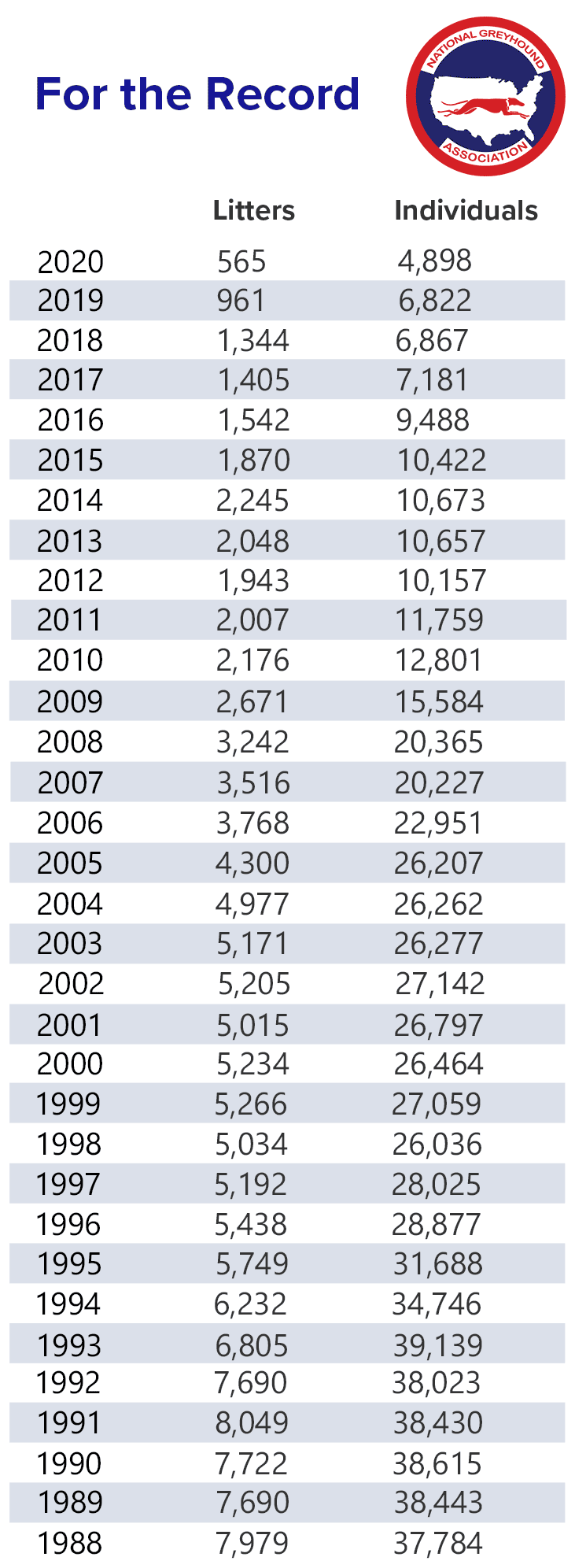
Greyhound breeding around the world
Ireland reported 1,691 litters bred in 2023. Using the conservative estimate of six pups per litter, the industry bred approximately 10,146 greyhounds that year. In 2021, there were 12,960 Irish bred puppies registered at the time of whelping yet approximately 10% were not registered at 12 months of age meaning over 1,000 puppies were unaccounted for. Approximately 6,250 greyhounds that are bred in Ireland are exported to the UK each year, sold for prices that are 50% the cost of production. Each year, some 6,000 excess Irish greyhounds are known to be culled. Additionally, older racing greyhounds have been known to be exported to Argentina, Macau, Pakistan, and Spain — all countries where dogs are routinely killed and discarded.
In Great Britian, 168 litters were born in 2022 and 5,899 new greyhounds were registered to race in the UK in 2023. Waiting lists for homing spaces for greyhounds in the UK grows daily and in some cases is months-long simpy because there are not enough available homes. Rescue charities across the country have dubbed this phenomenon a homing "crisis."
Australia reported 12,144 greyhounds bred to race in 2021. The Australian dog industry is breeding roughly six times as many greyhounds as they have the capacity to home. Australia regularly exports greyhounds to New Zealand, having exported 1,268 greyhounds between 2016 and 2022. In addition, 400 Australian greyhounds were sent to race and die in Macau each year, until the Canidrome was finally ordered closed in 2018.
New Zealand bred 471 greyhounds in the fiscal year 2023, down 37% from 744 the fiscal year prior. This decline in breeding was due to breeders’ lack of confidence in the long-term sustainability of dog racing in the country. As of March 2023 the waitlist of greyhounds awaiting entry into the homing program was at 242 dogs and steadily rising.

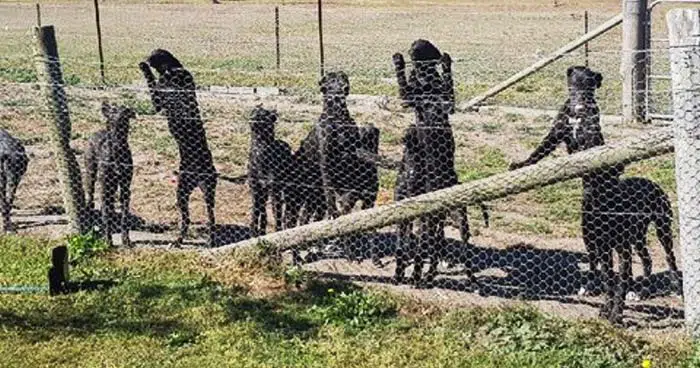
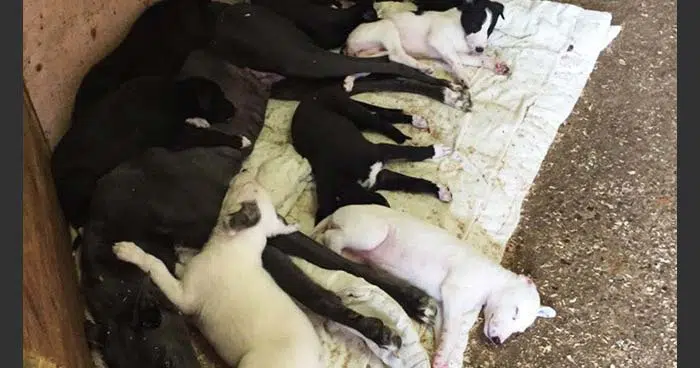
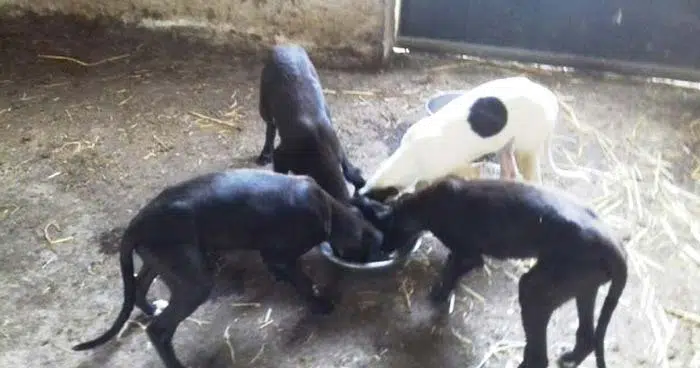
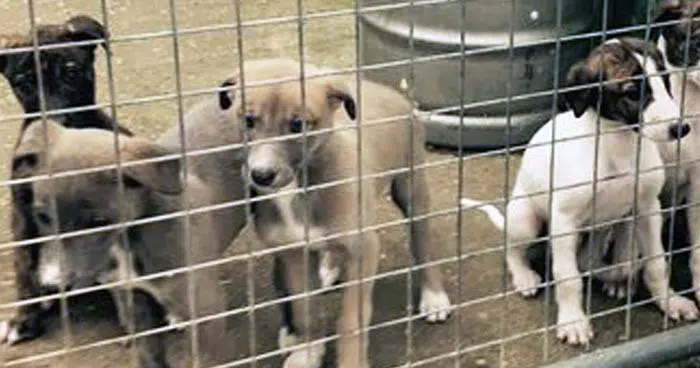
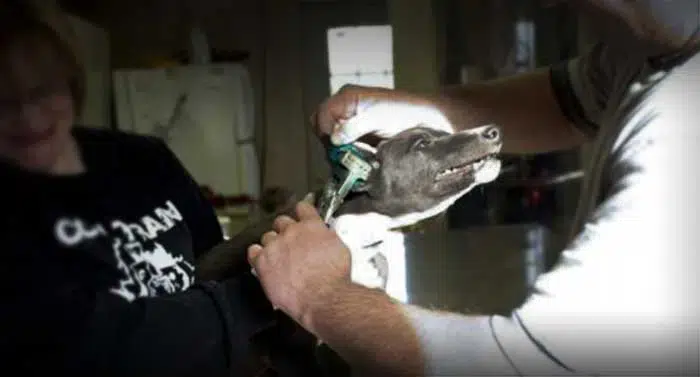
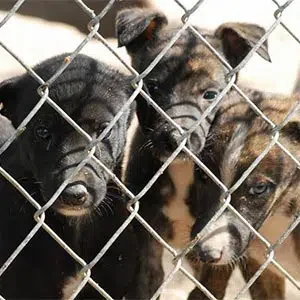
Stay up to date and learn how you can help.